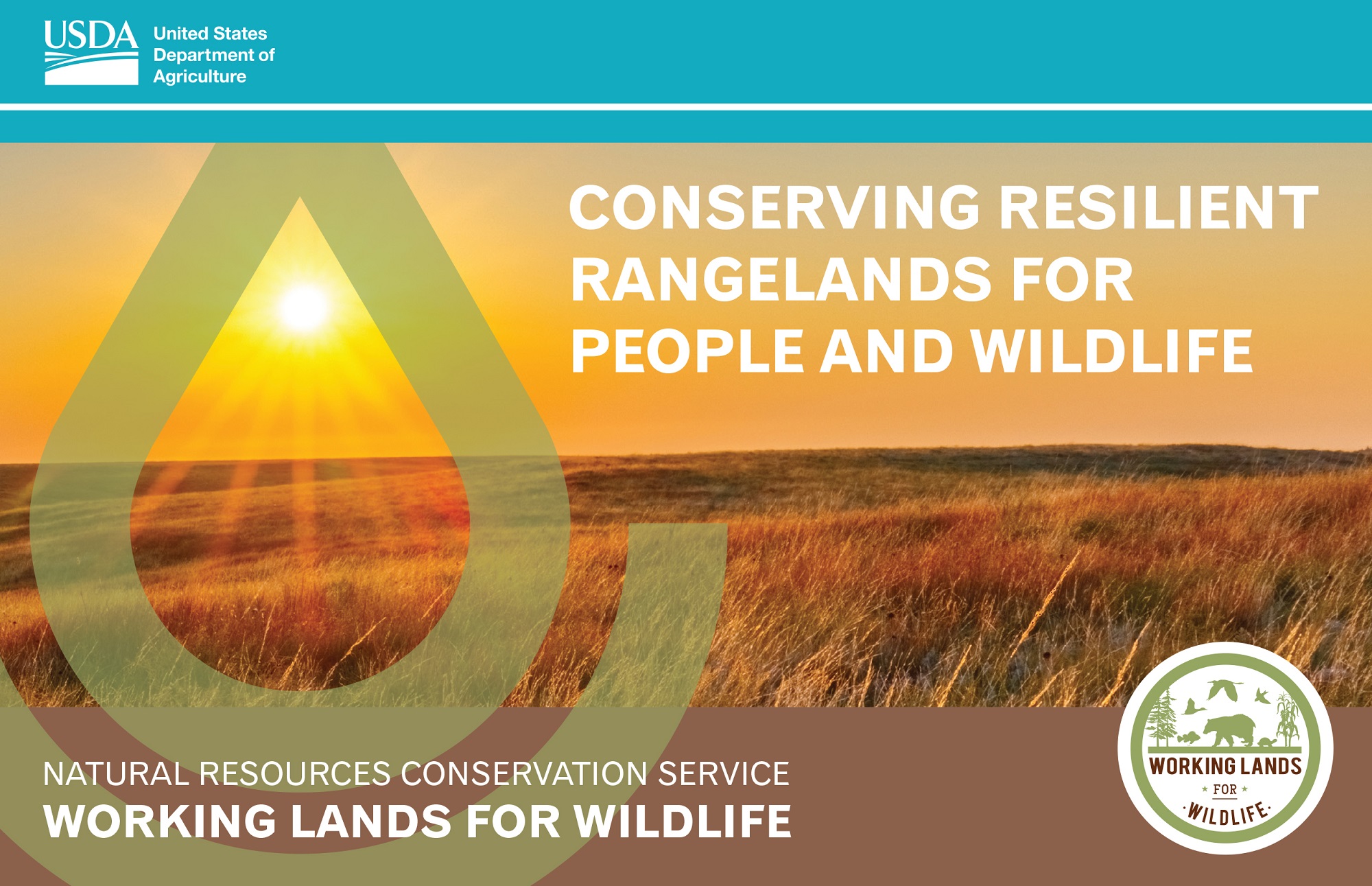Rangelands are being lost at an alarming rate – more than a million acres lost annually. Grazing by livestock is the common thread that maintains these working rangelands at an ecosystem scale. As a result, successful conservation relies on working with landowners and ranchers to improve working rangelands to benefit wildlife and the communities that rely on this land and have stewarded them for generations.
For the last 11 years, the Lesser Prairie-Chicken Initiative, as part of the USDA Natural Resources Conservation Service (NRCS) Working Lands for Wildlife (WLFW) approach to private land conservation, has worked with more than 800 landowners to conserve more than 1.5 million acres of working rangelands to benefit wildlife and people.
Building on this success, the NRCS released in early 2021 an action-based framework detailing how WLFW will continue to leverage the power of the Farm Bill to conserve this landscape. The Framework for Conservation Action in the Great Plains Grasslands Biome is the result of a multi-state planning effort that, alongside a separate but similar sagebrush-focused framework, produced the first biome-scale approach to conserving private lands from the Mississippi River to the Pacific Ocean.
This new approach outlines the key threats facing grassland landscapes and how voluntary, incentive-based conservation can address them to improve agricultural productivity and wildlife habitat. Over the next five years, WLFW will work with landowners and partners to address these threats on nearly 9 million acres of the Great Plains. The framework specifically provides an approach to target the two most severe and large-scale threats to the Great Plains grasslands – woodland expansion and land use conversion.
Focusing on the most severe threats to grasslands in a scientifically grounded and partnership-based manner provides the best opportunities for success in this vast landscape.
Individual states will work directly with producers and landowners to provide technical expertise and access to USDA funding programs. WLFW will support these state efforts through annual progress tracking, milestone reporting, assistance in spatial targeting, and ongoing science-based assessments of conservation outcomes.
Importantly, WLFW’s work on western rangeland doesn’t stop where the prairie transitions to sagebrush. By developing both the Great Plains grasslands and sagebrush frameworks in concert, WLFW has provided a common vision and coordination point to address resource concerns and ecosystem threats across state and ecosystem boundaries while maximizing the flexibility for delivering voluntary conservation programs tailored to local needs. Both frameworks are grounded in peer-reviewed science and utilize the innovative Rangelands Analysis Platform to prioritize where conservation investments will realize the greatest returns.
Check out the new frameworks for conservation in action at https://wlfw.rangelands.app/.

